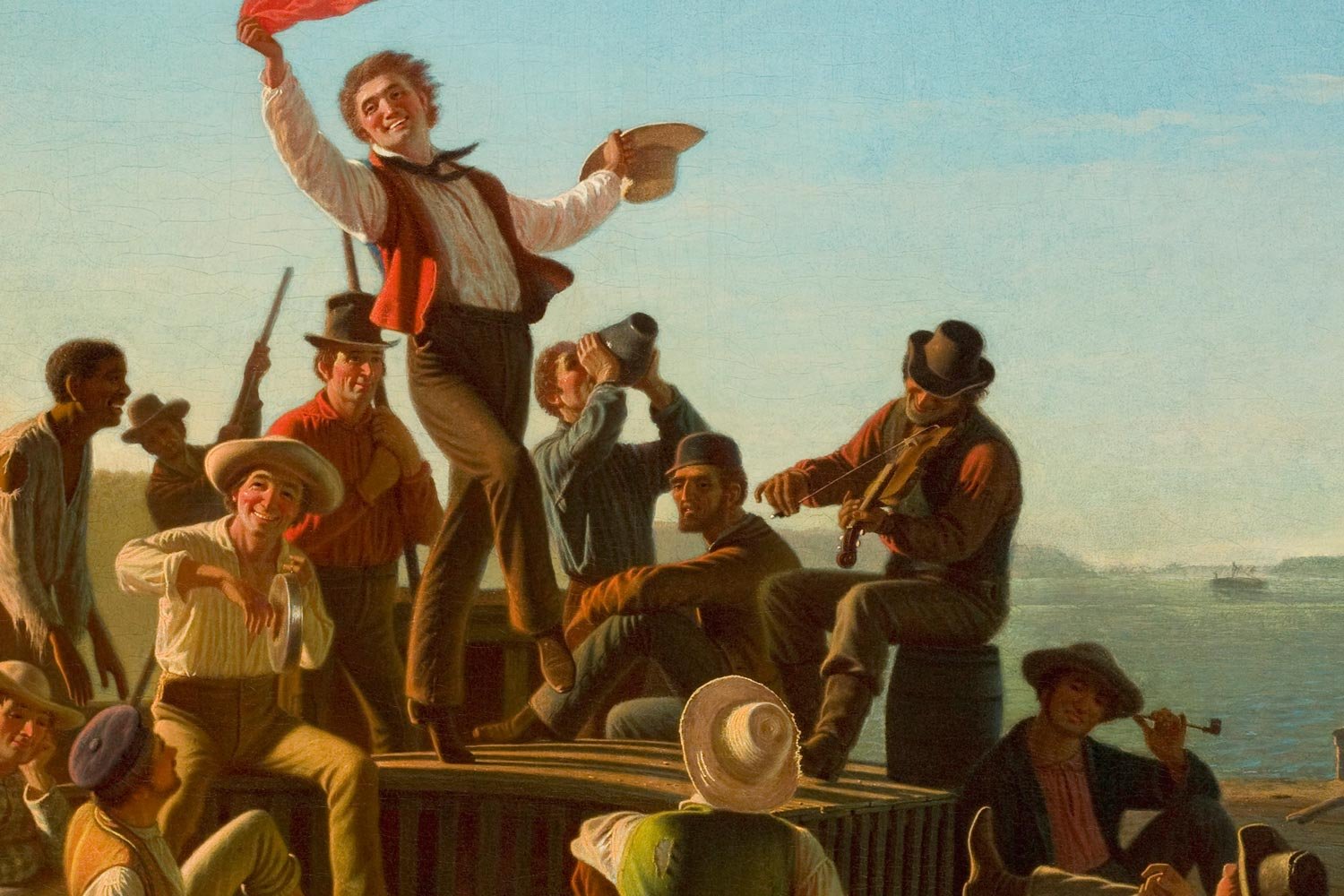Louisiana Purchase, Part 1: The Early History of the Louisiana Territory
In 1682, Robert de la Salle, a French explorer and fur trader, reached the mouth of the Mississippi River and claimed the interior of North America for King Louis XIV. Four decades later, Jean-Baptiste de Bienville founded New Orleans, creating a massive strategic arc across North America stretching from Quebec to the Gulf of Mexico. And from within this domain, the French controlled the core of the continent and the hugely profitable fur trade. But their hold did not go unchallenged and in a series of wars throughout the eighteenth century, the British dispossessed the French of its colonies in North America. As the final war drew to a close, France secretly transferred Louisiana and the river port of New Orleans to Spain rather than have Louisiana fall into British hands. When Napoleon came to power in 1799, he had visions of reestablishing a North American empire and in October 1800, he forced Spain’s King Carlos IV to give Louisiana back to France.
Tom Hand, creator and publisher of Americana Corner, explores the early history of the Louisiana Territory and why it still matters today.
Images courtesy of the New York Public Library, Library of Congress, Getty, Wikipedia - Getty Images, Wikipedia - Château de Versailles, Yale University Art Gallery, National Gallery of Art, Wikipedia - Museo del Prado, Wikipedia - Royal Museums Greenwich, Wikipedia - unknown.




The midnight deal Robert Livingston, United States Minister to France, struck with Francois Barbe-Marbois, Napoleon’s Finance Minister, on April 13, 1803, to purchase the Louisiana territory was one of the most impactful agreements in the history of the United States. It resulted from months of conversations Livingston had had with numerous French officials, creating a foundation for the details that would follow. But as important as this step was, there remained several hurdles to overcome.